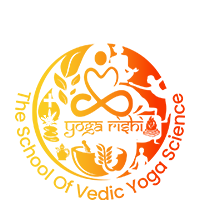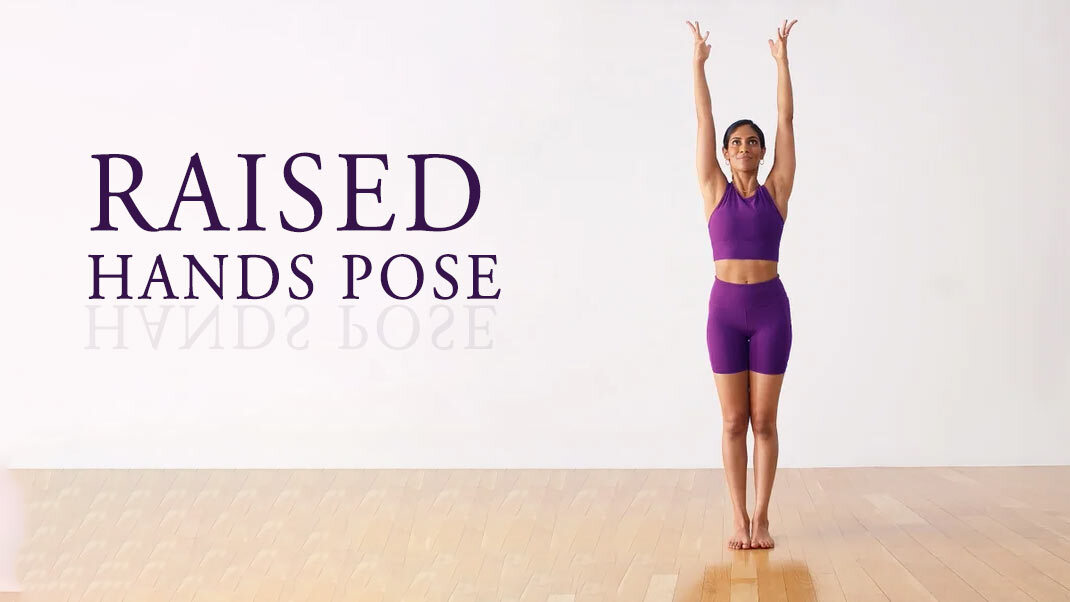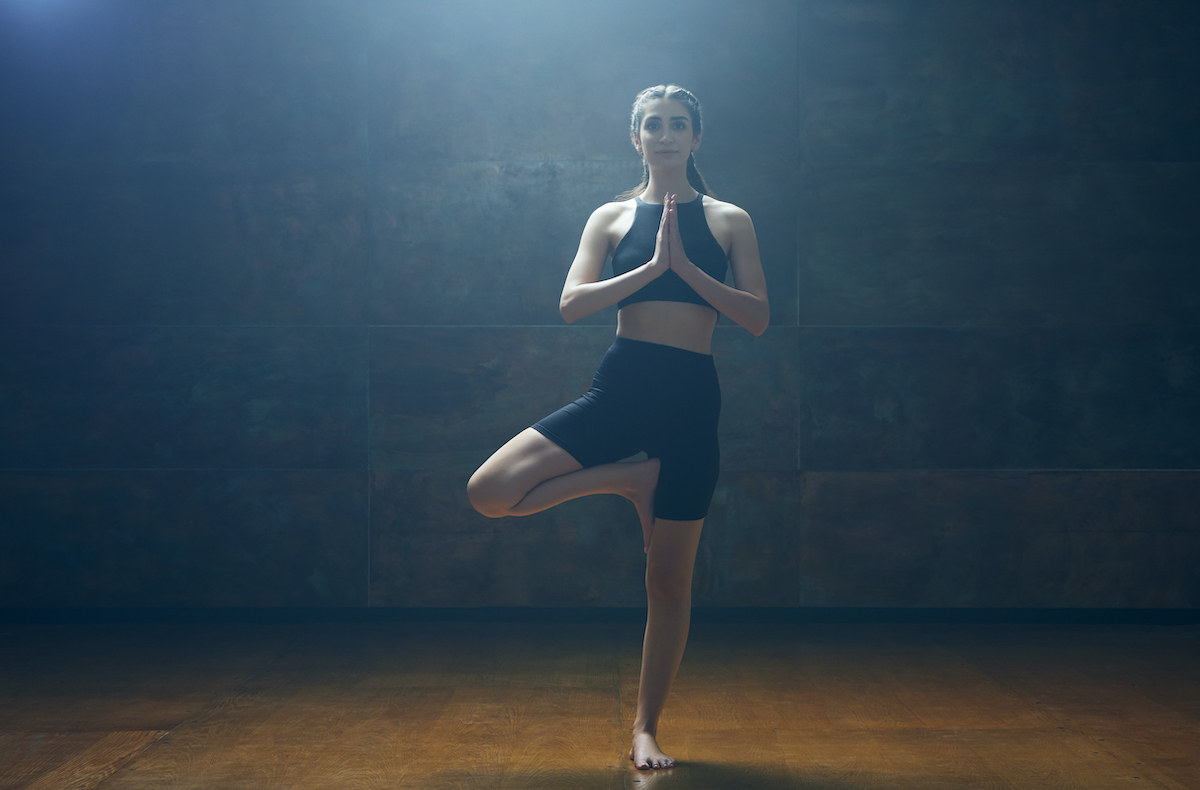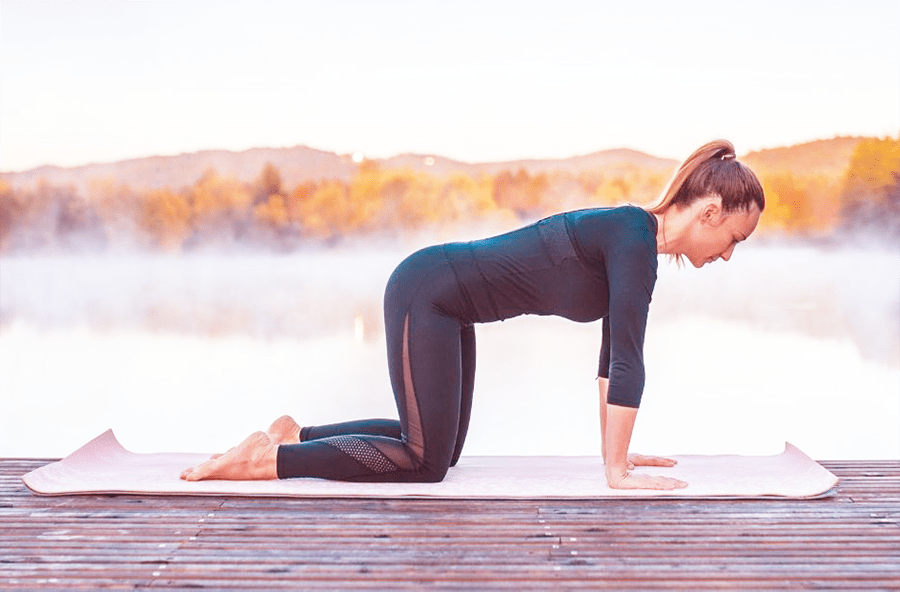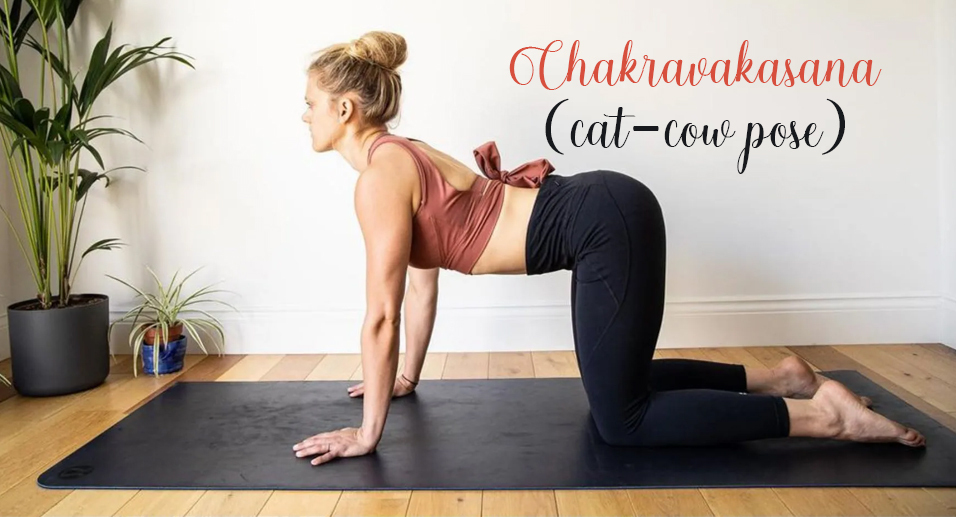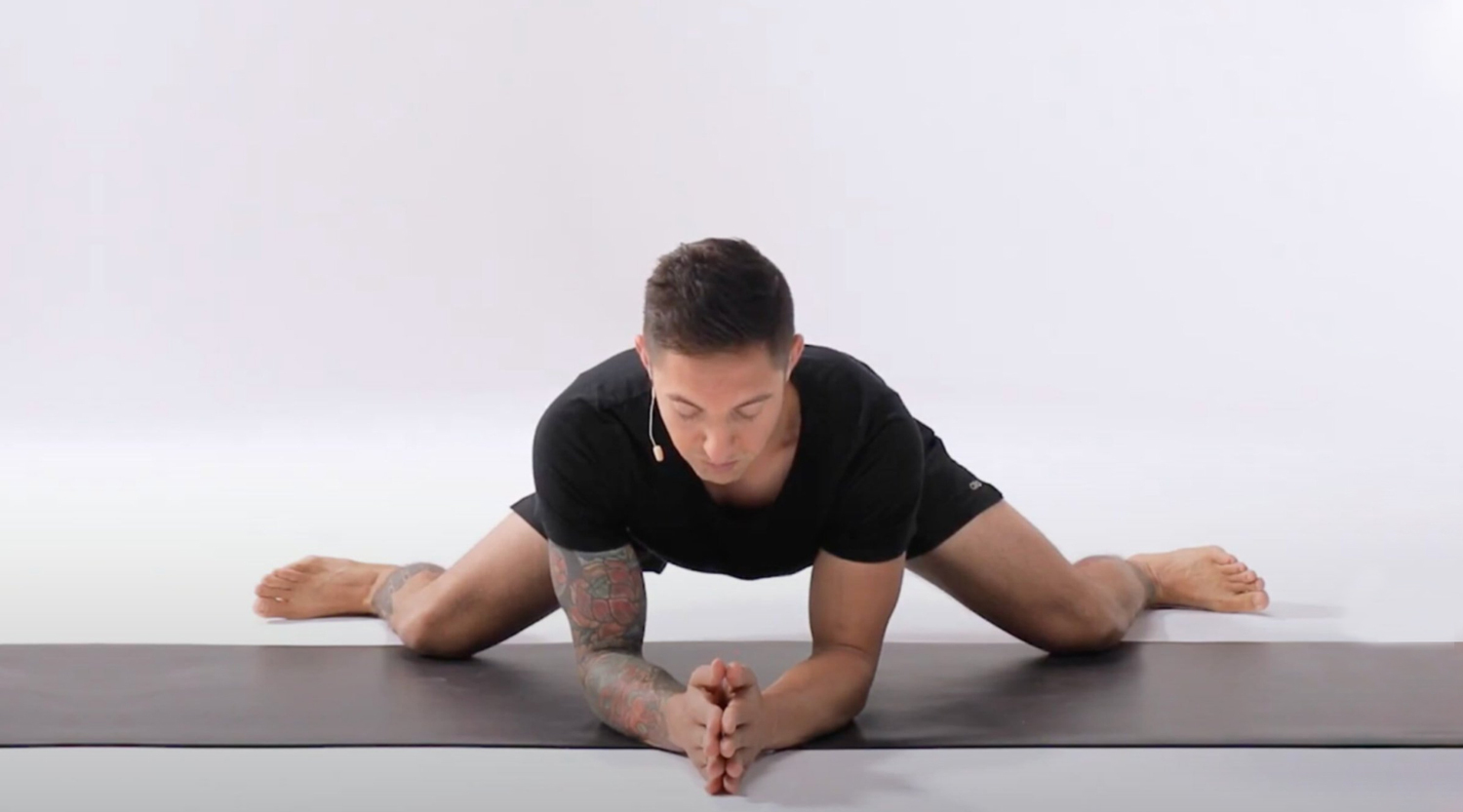
Unlock Your Core Strength with Mandukasana
Survival of the fittest’ is a renowned proverb. Nowadays compared with previously, it is a fact of life. Human beings are becoming more and more machinery. Sadly, the human organism is not as well-suited for the daily demands placed upon it. For the greatest results, both the mind and the body require to be well prepared. One of the finest methods for preparing both mentally and physically is by means of yoga.
There are many poses in the age-old discipline that are relatively simple to perform while being good for your health. Even sitting for a prolonged amount of time is not necessary for these positions. Mandukasana yoga is one such pose that is uncomplicated. It is well-known among novices since it is so easy to do. In addition to being simple, it is unique since the results appear after only a brief amount of time. It is a straightforward asana that anyone of any age may perform.
Brief Overview of Mandukasana- The Frog Pose:
Mandukasana, likewise referred to as Frog Pose, is an asana that maintains its roots in the traditional method of Hatha Yoga. Due to how the body appears in the pose, it was given the Sanskrit term “manduka,” referring to the “frog” This asana, or position, is a favourite among the practitioners because it has several healing and physical advantages.
It is a special and advantageous pose which incorporates stretching out, compression, and light pressure on the abdomen. It is renowned for having advantageous effects on the nerve system, the back of the body, the hip region, and the abdomen. It demands being mindful as well as correct alignment of the whole body.
Most individuals can perform this pose safely, but it’s crucial to pay attention to how your body feels and avoid overexerting yourself. In children’s yoga programmes, it is taught how to do Mandukasana because it is so simple to perform. It can start giving you effects on your tummy and other body regions very fast if you perform it correctly.
Procedure to Do Mandukasana:
You can avail the benefits of Mandukasana by performing it correctly. Mandukasana steps are mentioned below:
- Kneel down on the flat surface with both of your feet level on the ground and your knees are apart at the width of the hips.
- Hold your toes pointed forward and space your feet broader than hip-width.
- Keeping your fingers facing forward, bend forward and rest your hands on the floor in front of your knees.
- While maintaining your spine upright, drop your hips down the surface.
- Put your forearms down on the floor if possible.
- For Thirty to sixty seconds, maintain the posture.
- Gradually lift your hips and then return to the beginning position to exit the pose.
Here are some additional tips to help in Mandukasana steps:
- You may offer additional assistance between your hips & heels if you’re experiencing knee problems or finding it hard to stay on your heels by placing a piece of padding, rolled blanket, or folded towel there.
- Keep the stretching and compression at a comfortable level without overworking your body. Pull yourself out of the stance if you experience any ache or difficulty.
- If you’re relatively new, practicing under the direction of a certified instructor will assist guarantee you’re practicing the posture precisely and securely.
- Keep a steady, deep breath all throughout the position.
- Your neck as well as shoulders should be relaxed.
- Make an effort to stretch your spine.
- Hold your back upright or put a block below your hips for comfort if you feel any low back unease.
You can do between four and five repetitions of this pose during the course of one day. As it is less demanding than other postures, this pose may be done every day.
Variations of Mandukasana:
You can experiment with many different kinds of Mandukasana depending on your degree of ease and adaptability. These variances are covered in the following:
With the Help of a Prop:
By putting blankets or rolled-up mats beneath your knees, you may perform the pose. You can hold this posture for an extended period of time if you use these supports to assist your knees.
With Keeping Palms Open:
When doing this asana, you may maintain your palms open rather than rolled into fists and position them on each side of the navel if you starting to have cramps.
Ardha Mandukasana (Half Frog Pose):
In this form, the second leg continues to be extended and only one knee is folded. This variant may be beneficial enhance coordination as well as balance.
Uttana Mandukasana:
Instead of leaning forward, strike an upright frog position for this approach. More stretching is required in this case than in the standard position.
Health Benefits of Mandukasana:
Mandukasana benefits in many ways both physically as well as mentally. Including this pose in your routine can benefit your overall health in a number of ways:
- It consists of light abdominal compression, which activates the digestive organs and can help with digestion, boost metabolism, and relieve symptoms like gas, abdominal discomfort, and constipation.
- The inner part of thighs, hips, and groin muscles can progressively become more flexible with regular practise of this asana.
- Stress and anxiety may be lessened with the use of prolonged breathing, moderate pressure given to the belly, and the soothing influence on the neurological system.
- This may improve neuronal connectivity and maybe help with nerve-related problems by having a good effect on the nervous system.
- By affecting the operation of numerous glands, some practitioners think that Mandukasana benefits in the balancing process of the endocrine system’s. This could possibly have a beneficial impact on the hormone levels inside the body.
- It strengthens the pelvic floor muscles, which may result in increased pelvic floor endurance. For females, especially during and post pregnancy, this can be very advantageous. In addition, it may help ease menstruation discomforts.
- The pose’s deep inhalation improves the respiratory system by oxygenating the body and expanding the capacity of the lungs.
- It encourages normal blood flow, possibly helping to prevent cardiac issues.
- Involving the abdominal muscles while performing this asana may also assist with making all around posture better by strengthening the muscle groups which surround the spine.
Who should Avoid Doing Mandukasana?
Despite the benefits of Mandukasana, there are some people who need to avoid it or perform it cautiously:
- If you suffer from knee injuries, pain in the knees or problems in the knee joints.
- If you have recently undergone abdominal surgery, particularly on the muscular, reproductive, or digestive systems.
- Women who are pregnant ought to only attempt this position after speaking with their doctor and under the supervision of a prenatal yoga specialist.
- In the course of menstruation because of the compression and strain on the lower part of the abdomen.
- Elevated blood pressure sufferers need to approach this position with caution and maybe refrain from maintaining it for a lengthy period of time.
- If you have significant hip problems, lower back problems, or osteoporosis.
Conclusion:
Mandukasana yoga should always be performed under the supervision of a trained teacher, particularly in case of newbies, to guarantee safety and to get the most out of the pose’s health benefits. Once you learn how to do Mandukasana, it may be incorporated into a daily yoga practise to help people improve their physical and mental health.

